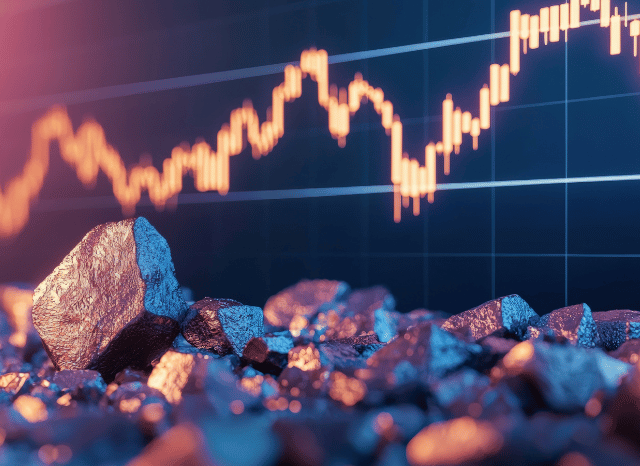
The strategic metals powering the Electricity transition are now centre stage in geopolitics and industry.
At the time confined to market scientific and industrial circles, rare earth features (REEs) have surged into world headlines—and once and for all rationale. These seventeen features, from neodymium to dysprosium, would be the making blocks of recent technological innovation, participating in a central role in almost everything from wind turbines to electrical motor vehicle motors, smartphones to defence programs.
As the earth races toward decarbonisation and digitalisation, need for REEs is soaring. Their role in the Electrical power transition is important. Superior-general performance magnets manufactured with neodymium and praseodymium are vital to the electrical motors Employed in the two EVs and wind turbines. Other REEs like europium and terbium are practical for lights, displays, and optical fibre networks.
But supply is precariously concentrated. China at the moment leads the sourcing, separation, and refining of uncommon earths, controlling over 80% of worldwide output. This has still left other nations scrambling to construct resilient supply chains, decrease dependency, and protected entry to these strategic sources. Because of this, rare earths are no more just industrial resources—They are geopolitical assets.
Traders have taken note. Curiosity in rare earth-linked shares and Trade-traded funds (ETFs) has surged, driven by both equally The expansion in thoroughly clean tech and the will to hedge from source shocks. But the marketplace is complex. Some organizations are still while in the exploration period, Many others are scaling up production, whilst several are previously refining and delivering processed metals.
It’s also essential to grasp the distinction between exceptional earth minerals and unusual earth metals. "Minerals" consult with the Uncooked rocks—like bastnasite, monazite, xenotime, or ionic clays—that have rare earths in pure type. These involve intense processing to isolate the metallic aspects. The time period “metals,” Alternatively, refers to the purified chemical features Employed in higher-tech programs.
Processing these minerals into usable metals is high-priced. Outside of China, several nations around the world have mastered the total industrial approach at scale, while destinations like Australia, the U.S., Vietnam, and Brazil are Doing the job to vary that.
Desire is currently being fuelled by many sectors:
· Electric mobility: magnets in motors
· Renewable Electrical power: significantly wind turbines
· Shopper electronics: smartphones, laptops, sensors
· Defence: radar, sonar, precision-guided programs
· Automation and robotics: more and more vital in sector
Neodymium stands out as critical raw materials a very valuable uncommon earth because of its use in highly effective magnets. Others, like dysprosium and terbium, increase thermal security in superior-overall performance applications.
The rare earth marketplace is risky. Selling prices can swing with trade coverage, technological breakthroughs, or new supply sources. For buyers, ETFs give diversification, though direct stock investments have increased threat but possibly bigger returns.
What’s crystal clear is always that rare earths are not obscure chemical curiosities—they’re strategic means reshaping the global financial state.